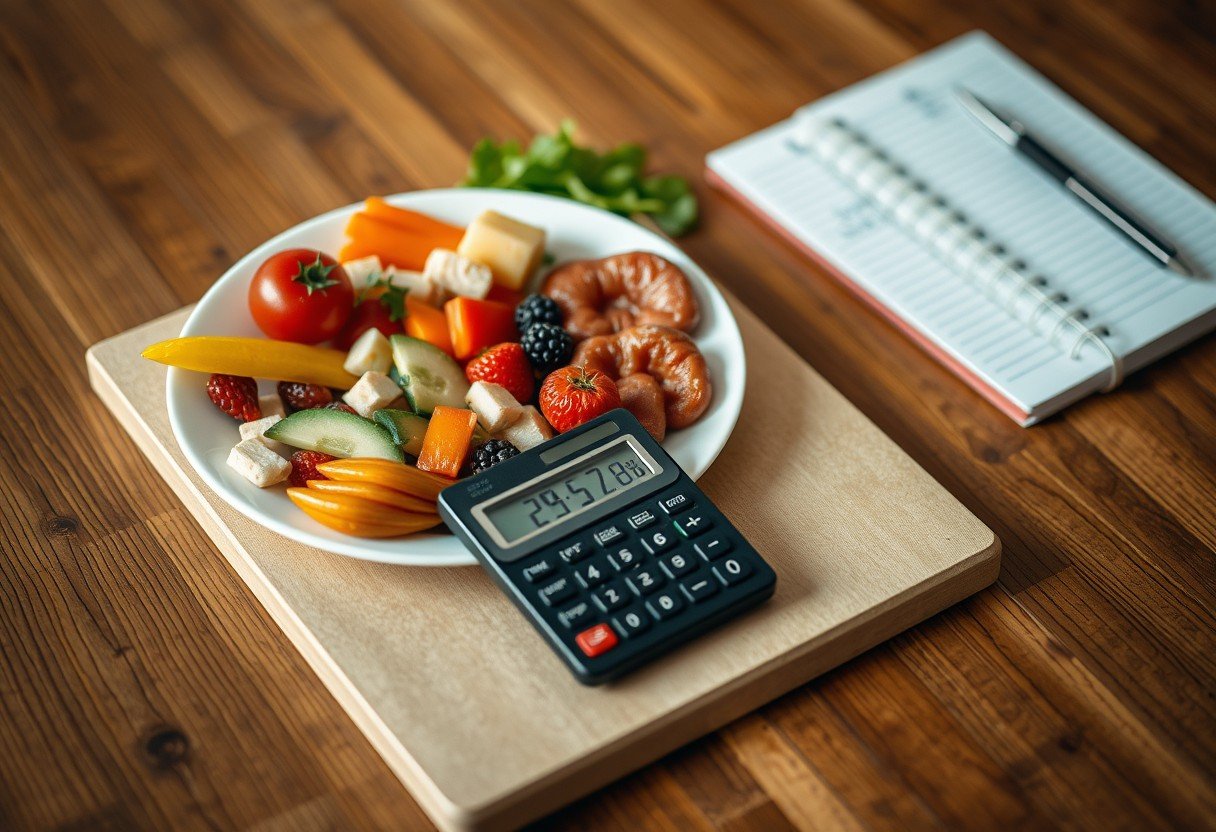How much of your paycheck should go to food, and why does it matter? This guide explains what net spendable income is, where food fits in your budget, how to calculate your number, when to adjust it, who may need a different target, and how to save money without losing nutrition.
What Is Net Spendable Income
Net spendable income is the money you have left after taxes and mandatory bills, such as rent or mortgage, utilities, insurance, and minimum debt payments. It is the pool you use for groceries, transport, savings, and everything else.
Start with your take home pay from all sources. Subtract fixed must pay items that do not change much month to month. The result is the base you can control with smart choices.
Your food budget should be a planned slice of this net spendable amount, not whatever is left after impulse buys.
Using net spendable income keeps your plan realistic because it matches what actually hits your bank account, not your gross pay.
How Much Of Your Income Should Go To Food
For most households, a practical rule is to spend about 10 to 15 percent of net spendable income on total food, which includes groceries and dining out. This range aligns with long term patterns seen in national spending data.
Surveys from the Bureau of Labor Statistics show that food often takes around 12 to 14 percent of the typical household budget, though the share is higher for lower income homes and lower for higher income homes. Location and family size also change the right number.
Use the 10 to 15 percent range as a starting point, then adjust for your income, city prices, and household needs.
| Situation | Suggested Food Share | Notes |
|---|---|---|
| Tight Budget Or Lower Income | 14 to 20 percent | Food takes a larger share when income is limited |
| Typical Household | 10 to 15 percent | Balanced split between groceries and dining out |
| High Income Or High Cost City | 8 to 12 percent | Higher earnings can reduce the share, but prices may push it up |
| Large Family Or Special Diets | 12 to 18 percent | More mouths to feed or medical diets increase costs |
How To Calculate Your Food Budget Step By Step
If you want a clear number for the month, follow a quick process. It takes only a few minutes and gives you a target you can track.
- Add last month paychecks to get net income received.
- Subtract fixed must pay bills to find net spendable income.
- Multiply that amount by your chosen food share, such as 0.12 for 12 percent.
- Split the result into groceries and dining, for example 80 percent groceries and 20 percent dining.
- Set weekly limits by dividing the grocery amount by four or five shopping trips.
Write the number down and review it every week so your spending matches the plan, not the mood.
As prices change, update the math and keep a simple log so you see the trend over time.
Factors That Change Your Food Spending
Household size, age mix, and activity level all matter. Young kids, teens, and athletes often raise grocery needs. Special diets for allergies or health can add costs.
Where you live changes prices too. Urban centers and remote areas can have higher store prices and delivery fees, while suburbs with many stores may offer better sales.
Eating habits make a big difference. Cooking at home, using leftovers, and choosing seasonal produce lower costs. Frequent takeout and premium brands raise the bill fast.
Small habit shifts often beat big income changes when it comes to lowering the food bill.
Ways To Lower Food Costs Without Losing Nutrition
You can eat well and still hit the maximum percentage of net spendable income for food if you focus on simple tactics that work in any store.
- Plan three to five dinners that share ingredients so you waste less and buy in value sizes.
- Buy seasonal produce, store brands, and frozen fruits and vegetables for the best price per serving.
- Cook once for two meals, and pack lunches to cut restaurant spending.
Compare unit prices on the shelf label to find the lowest cost per ounce or per pound. Aim to shift dining out to once a week or less if you need to free up cash.
Consistent meal planning plus smart store choices can cut your total food cost by 15 to 25 percent within two months.
Adjust And Review Your Food Budget Over Time
Food prices change with seasons and supply. Fresh berries cost more out of season, while root vegetables and citrus often drop in winter. Plan meals around what is in season and on sale.
Major life events such as moving, a new job, or a new baby affect how often you cook, shop, and eat out. Update your plan when these moments happen so you stay in control.
Review your food spend at the end of each month and reset the next month limit based on real receipts.
Keep a three month average so one high week or a holiday does not distort your overall plan.
Tools And Local Help You Can Use
Budget apps can track grocery spending by store and by week. Receipt scanning tools help you see which items drive your total, so you can switch to lower cost options.
Many stores offer loyalty prices, digital coupons, and cash back on common staples. Community programs, co ops, and food pantries can help during tight months, and nutrition classes can teach low cost, high protein meals.
Using store apps and local programs can stretch the same budget into more meals and better ingredients.
Check your city website for links to farmers markets that accept benefits and offer market match credits on fruits and vegetables.
Frequently Asked Questions
What Is The Maximum Percentage Of Net Spendable Income For Food?
Most people do well with 10 to 15 percent of net spendable income for total food. Start there and shift up or down as your prices and needs change.
How Do I Split Groceries And Dining Out Inside My Food Budget?
A common split is 80 percent for groceries and 20 percent for dining. If you eat out often, flip it slowly until you hit your target share.
What If My Income Is Low And Prices Are High?
Your share may need to be 14 to 20 percent for a while. Use meal planning, store brands, and community programs to cover the gap without debt.
Does Family Size Change The Right Percentage?
Yes, larger households usually spend more overall but can save per person with bulk buys. Set the percent first, then scale the dollar amount by headcount.
How Often Should I Review My Food Budget?
Check weekly and reset monthly. A short review keeps you on plan and makes it easy to handle sales, seasons, and schedule changes.
Can I Eat Healthy On A Smaller Food Budget?
Yes. Focus on beans, eggs, frozen vegetables, in season fruit, oats, and rice. These foods are low cost per serving and high in nutrition.








Leave a Comment